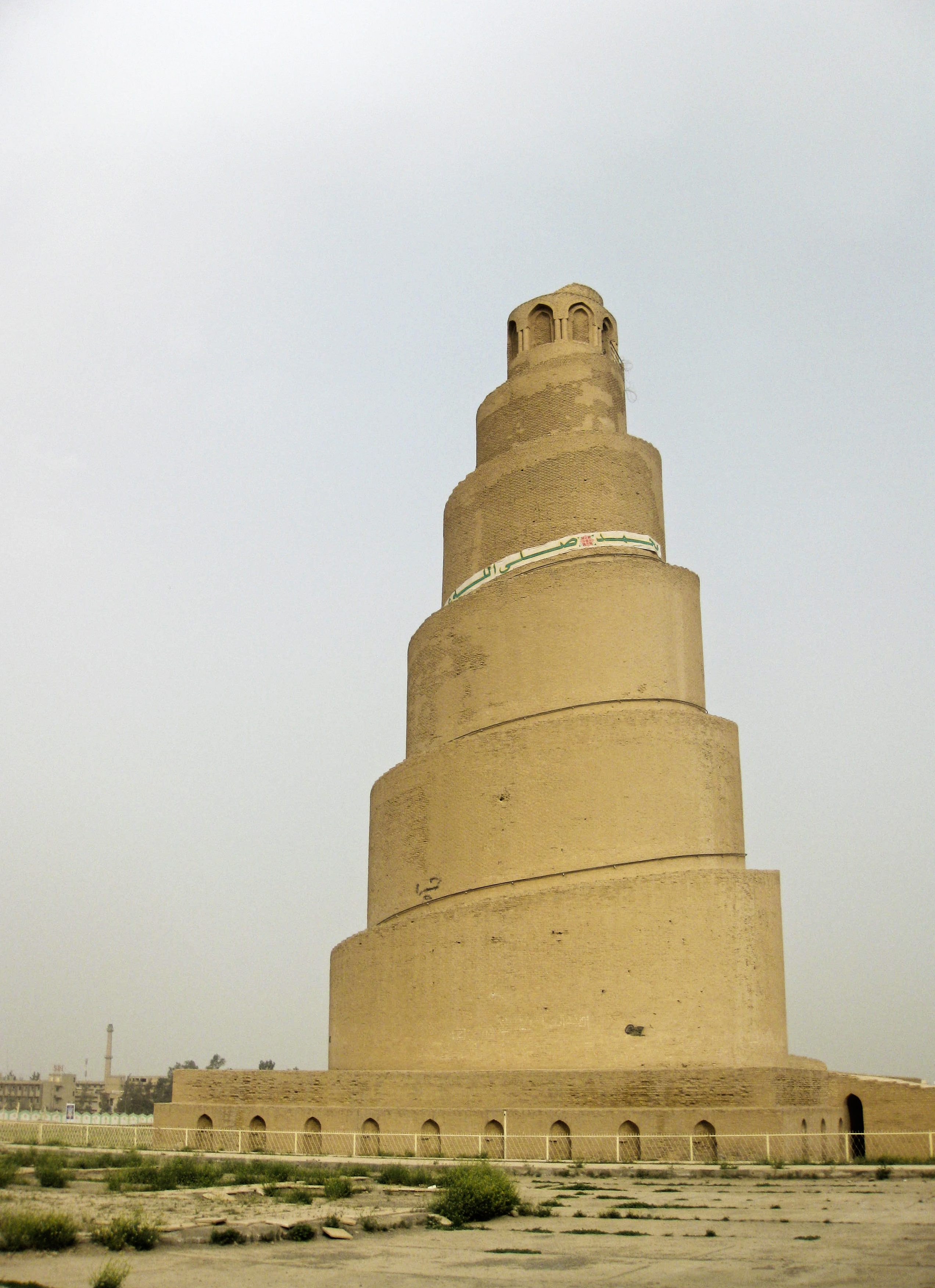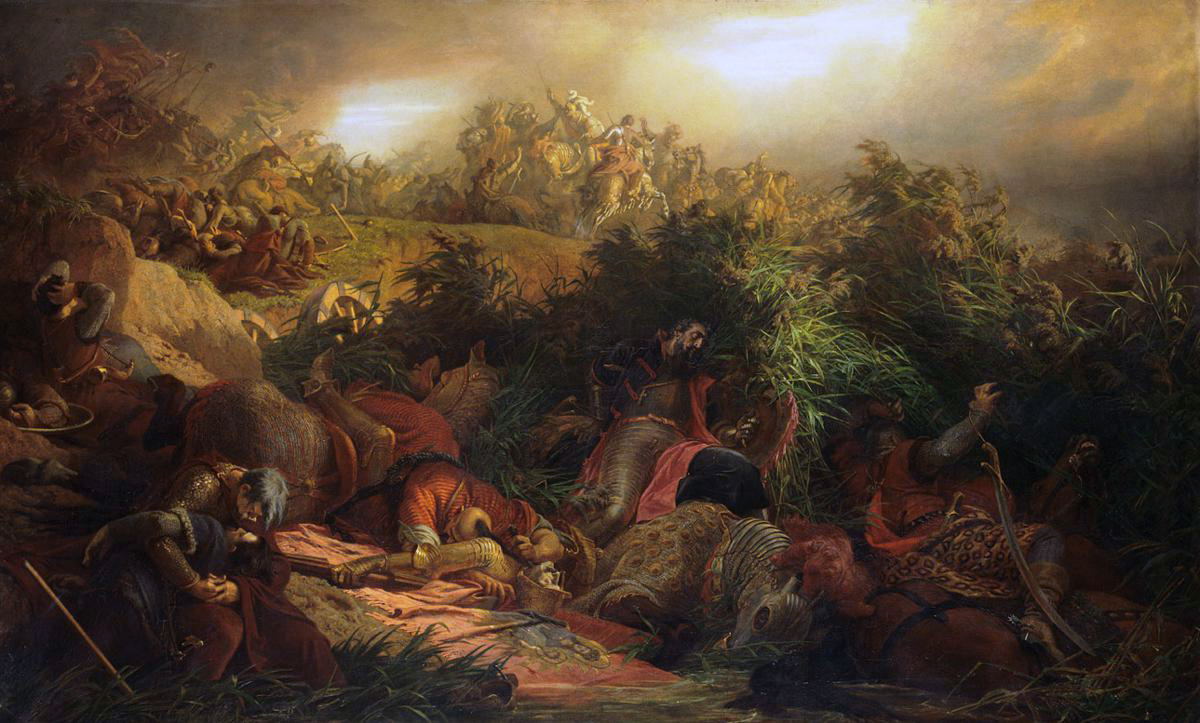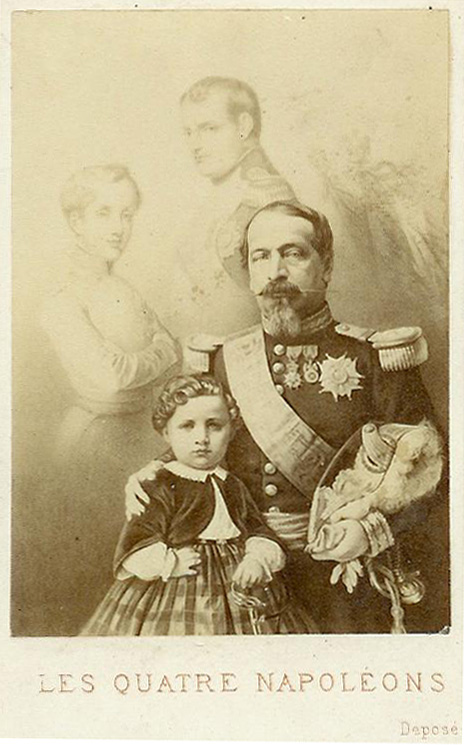|
Great Mosque Of Paris
The Grand Mosque of Paris (, ; ), also known as the Great Mosque of Paris or simply the Paris Mosque, located in the 5th arrondissement of Paris, is one of the largest mosques in France. It comprises prayer rooms, an outdoor garden, a small library, a gift shop, along with a cafe and restaurant. In all, the mosque plays an important role in promoting the visibility of Islam and Muslims in France. Completed in 1926, is the oldest mosque in metropolitan France. History Genesis of the project The history of the Paris mosque is inextricably linked to France's colonization of large parts of the Muslim world over the course of the nineteenth and twentieth centuries. An early, if not the first, project for a mosque in Paris is recorded as desired to be "in the Baujon district in 1842, followed by a revival of similar intentions at theMichel Renard, « Les prémisses d'une présence musulmane et sa perception en France — Séjours musulmans et rencontres avec l'islam », dans Arko ... [...More Info...] [...Related Items...] OR: [Wikipedia] [Google] [Baidu] |
Minaret
A minaret is a type of tower typically built into or adjacent to mosques. Minarets are generally used to project the Muslim call to prayer (''adhan'') from a muezzin, but they also served as landmarks and symbols of Islam's presence. They can have a variety of forms, from thick, squat towers to soaring, pencil-thin spires. Etymology Two Arabic words are used to denote the minaret tower: ''manāra'' and ''manār''. The English word "minaret" originates from the former, via the Turkish language, Turkish version (). The Arabic word ''manāra'' (plural: ''manārāt'') originally meant a "lamp stand", a cognate of Hebrew language, Hebrew ''Temple menorah, menorah''. It is assumed to be a derivation of an older Linguistic reconstruction, reconstructed form, ''manwara''. The other word, ''manār'' (plural: ''manā'ir'' or ''manāyir''), means "a place of light". Both words derive from the Arabic root ''n-w-r'', which has a meaning related to "light". Both words also had other meani ... [...More Info...] [...Related Items...] OR: [Wikipedia] [Google] [Baidu] |
Turkic Peoples
Turkic peoples are a collection of diverse ethnic groups of West Asia, West, Central Asia, Central, East Asia, East, and North Asia as well as parts of Europe, who speak Turkic languages.. "Turkic peoples, any of various peoples whose members speak languages belonging to the Turkic subfamily...". "The Turkic peoples represent a diverse collection of ethnic groups defined by the Turkic languages." According to historians and linguists, the Proto-Turkic language originated in Central-East Asia, potentially in the Altai-Sayan region, Mongolia or Tuva.: "The ultimate Proto-Turkic homeland may have been located in a more compact area, most likely in Eastern Mongolia": "The best candidate for the Turkic Urheimat would then be northern and western Mongolia and Tuva, where all these haplogroups could have intermingled, rather than eastern and southern Mongolia..." Initially, Proto-Turkic speakers were potentially both hunter-gatherers and farmers; they later became nomadic Pastoralism, ... [...More Info...] [...Related Items...] OR: [Wikipedia] [Google] [Baidu] |
Architect
An architect is a person who plans, designs, and oversees the construction of buildings. To practice architecture means to provide services in connection with the design of buildings and the space within the site surrounding the buildings that have human occupancy or use as their principal purpose. Etymologically, the term architect derives from the Latin , which derives from the Greek (''-'', chief + , builder), i.e., chief builder. The professional requirements for architects vary from location to location. An architect's decisions affect public safety, and thus the architect must undergo specialised training consisting of advanced education and a ''practicum'' (or internship) for practical experience to earn a Occupational licensing, license to practice architecture. Practical, technical, and academic requirements for becoming an architect vary by jurisdiction though the formal study of architecture in academic institutions has played a pivotal role in the development of the p ... [...More Info...] [...Related Items...] OR: [Wikipedia] [Google] [Baidu] |
Suleiman The Magnificent
Suleiman I (; , ; 6 November 14946 September 1566), commonly known as Suleiman the Magnificent in the Western world and as Suleiman the Lawgiver () in his own realm, was the List of sultans of the Ottoman Empire, Ottoman sultan between 1520 and his death in 1566. Under his administration, the Ottoman Empire ruled over at least 25 million people. After succeeding his father Selim I on 30 September 1520, Suleiman began his reign by launching military campaigns against the Christendom, Christian powers of Central and Eastern Europe and the Mediterranean; Siege of Belgrade (1521), Belgrade fell to him in 1521 and Siege of Rhodes (1522), Rhodes in 1522–1523, and at Battle of Mohács, Mohács in 1526, Suleiman broke the strength of the Kingdom of Hungary in the Middle Ages, Kingdom of Hungary. Presiding over the apex of the Ottoman Empire's economic, military, and political strength, Suleiman rose to become a prominent monarch of 16th-century Europe, as he personally led Arm ... [...More Info...] [...Related Items...] OR: [Wikipedia] [Google] [Baidu] |
Francis I Of France
Francis I (; ; 12 September 1494 – 31 March 1547) was King of France from 1515 until his death in 1547. He was the son of Charles, Count of Angoulême, and Louise of Savoy. He succeeded his first cousin once removed and father-in-law Louis XII, who died without a legitimate son. A prodigious patron of the arts, Francis promoted the emergent French Renaissance by attracting many Italian artists to work for him, including Leonardo da Vinci, who brought the ''Mona Lisa'', which Francis had acquired. Francis's reign saw important cultural changes with the growth of central power in France, the spread of humanism and Protestantism, and the beginning of French exploration of the New World. Jacques Cartier and others claimed lands in the Americas for France and paved the way for the expansion of the first French colonial empire. For his role in the development and promotion of the French language, Francis became known as (the 'Father and Restorer of Letters'). He was also known ... [...More Info...] [...Related Items...] OR: [Wikipedia] [Google] [Baidu] |
Napoleon
Napoleon Bonaparte (born Napoleone di Buonaparte; 15 August 1769 – 5 May 1821), later known by his regnal name Napoleon I, was a French general and statesman who rose to prominence during the French Revolution and led Military career of Napoleon, a series of military campaigns across Europe during the French Revolutionary and Napoleonic Wars from 1796 to 1815. He led the French First Republic, French Republic as French Consulate, First Consul from 1799 to 1804, then ruled the First French Empire, French Empire as Emperor of the French from 1804 to 1814, and briefly again in 1815. He was King of Italy, King of Kingdom of Italy (Napoleonic), Italy from 1805 to 1814 and Protector of the Confederation of the Rhine, Protector of the Confederation of the Rhine from 1806 to 1813. Born on the island of Corsica to a family of Italian origin, Napoleon moved to mainland France in 1779 and was commissioned as an officer in the French Royal Army in 1785. He supported the French Rev ... [...More Info...] [...Related Items...] OR: [Wikipedia] [Google] [Baidu] |
Paul Bourdarie
Paul Bourdarie (19 July 1864 – 21 February 1950) was a French explorer, journalist, lecturer and professor. He became known as a specialist in colonial topics and gave lectures on subjects such as growing cotton and domesticating African elephants. He believed in a liberal policy regarding the indigenous people of the French colonies. Bourdarie was one of those responsible for founding the Grand Mosque of Paris. Early years (1864–94) Paul Bourdarie was born on 19 July 1864, in Montfaucon, Lot. In 1893, he left on a study mission in the Congo. His report described the culture of the lime growers of Gabon, the need to establish experimental farms, and construction of a port at Pointe-Noire that would be the terminus of the railway from Brazzaville. To avoid using porters at a time when tractors had not yet been invented he advocated domestication of African elephants. The problems of rubber collection that he described caused the Minister of the Colonies and the Museum to impor ... [...More Info...] [...Related Items...] OR: [Wikipedia] [Google] [Baidu] |
Quai D'Orsay
The Quai d'Orsay ( , ) is a quay in the 7th arrondissement of Paris. It is part of the left bank of the Seine opposite the Place de la Concorde. It becomes the Quai Anatole-France east of the Palais Bourbon, and the Quai Branly west of the Pont de l'Alma. The seat of the Ministry of Foreign Affairs (the ''Hôtel du ministre des Affaires étrangères'') is located on the Quai d'Orsay, between the Esplanade des Invalides and the National Assembly at the Palais Bourbon; thus the ministry is often called the "Quai d'Orsay" in the press by metonymy. The building housing the Ministry of Foreign Affairs was built between 1844 and 1855 by Jacques Lacornée. The statues of the facade were created by the sculptor Henri de Triqueti (1870). The 1919 Treaty of Versailles was negotiated and written at the Ministry of Foreign Affairs. History The Quai d'Orsay (originally until the Rue du Bac in the east) has historically played an important role in French art as a location to which m ... [...More Info...] [...Related Items...] OR: [Wikipedia] [Google] [Baidu] |
La Presse (French Newspaper)
''La Presse'' was the first penny press newspaper in France. Overview ''La Presse'' was founded on 16 June 1836 by Émile de Girardin as a popular conservative enterprise. While contemporary newspapers depended heavily on subscription and tight party affiliation, ''La Presse'' was sold by street vendors. Girardin wanted the paper to support the government, without being so tied to specific cabinets that it would limit the newspaper's readership. The initial subscription to ''La Presse'' was only 40 francs a year while other newspapers charged around 80 francs. From July 1836 it serialised ''The Countess of Salisbury'' the first novel of Alexandre Dumas, which was such a success that it followed it up with Honoré de Balzac's '' La Vieille Fille''.Pearson, Roger. ''The Beauty of Baudelaire: The Poet as Alternative Lawgiver''. Oxford University Press, 2021. p.495 ''La Presse'' and ''Le Siècle'' are considered the first titles of the industrialized press era in France. See also ... [...More Info...] [...Related Items...] OR: [Wikipedia] [Google] [Baidu] |
House Of Bonaparte
The House of Bonaparte (originally ''Buonaparte'') is a former imperial and royal European dynasty of French and Italian origin. It was founded in 1804 by Napoleon I, the son of Corsican nobleman Carlo Buonaparte and Letizia Buonaparte (née Ramolino). Napoleon was a French military leader who rose to power during the French Revolution and who, in 1804, transformed the French First Republic into the First French Empire, five years after his ''coup d'état'' of November 1799 (18 Brumaire). Napoleon and the '' Grande Armée'' had to fight against every major European power (except for the ones he was allied with, including Denmark-Norway) and dominated continental Europe through a series of military victories during the Napoleonic Wars. He installed members of his family on the thrones of client states, expanding the power of the dynasty. The House of Bonaparte formed the Imperial House of France during the French Empire, together with some non-Bonaparte family members. I ... [...More Info...] [...Related Items...] OR: [Wikipedia] [Google] [Baidu] |
Jules Cambon
Jules-Martin Cambon (5 April 1845 – 19 September 1935) was a French diplomat and brother of Paul Cambon. As the ambassador to Germany (1907–1914), he worked hard to secure a friendly détente. He was frustrated by French leaders such as Raymond Poincaré, who decided that Berlin was trying to weaken the Triple Entente of France, Russia and Britain and was not sincere in seeking peace. The French consensus was that war was inevitable. Biography Cambon began his career as a lawyer in (1866), served in the Franco-Prussian War and entered the civil service in 1871. He was prefect of the department of Nord (1882) and of the Rhône (1887–1891), and in 1891 became governor-general of Algeria, where he had served in a minor position in 1874. Cambon was nominated French ambassador at Washington, DC, in 1897 and in that capacity negotiated the preliminaries of peace on behalf of the Spanish government after the war against the United States. He was serving as the French ambass ... [...More Info...] [...Related Items...] OR: [Wikipedia] [Google] [Baidu] |
Théophile Delcassé
Théophile Delcassé (; 1 March 185222 February 1923) was a French politician who served as foreign minister from 1898 to 1905. He is best known for his hatred of German Empire, Germany and efforts to secure alliances with Russian Empire, Russia and United Kingdom of Great Britain and Ireland, Great Britain that became the Entente Cordiale. He belonged to the Radical Party (France), Radical Party and was a protege of Léon Gambetta. Biography Delcassé was born on 1 March 1852, at Pamiers, in the Ariège (department), Ariège département. He wrote articles on foreign affairs for the ''République Française'' and ''Le Temps'', and in 1888 was elected ''conseiller général'' of his native ''département'', standing as "''un disciple fidèle de Léon Gambetta''". In the following year he entered the chamber as deputy for Foix. Colonial affairs Delcassé was appointed under-secretary for the colonies in the second Alexandre Ribot, Ribot cabinet (January to April 1893), and re ... [...More Info...] [...Related Items...] OR: [Wikipedia] [Google] [Baidu] |





